When thinking of U.S. state symbols, one might expect majestic eagles or noble bears. But, as it turns out, some states have thrown convention to the wind, opting for mascots that are charming, odd, or downright surprising. From famous fictional creatures to lesser-known local icons, these mascots give us a unique glimpse into the heart and humor of each state.
1. New Mexico’s Quirky Roadrunner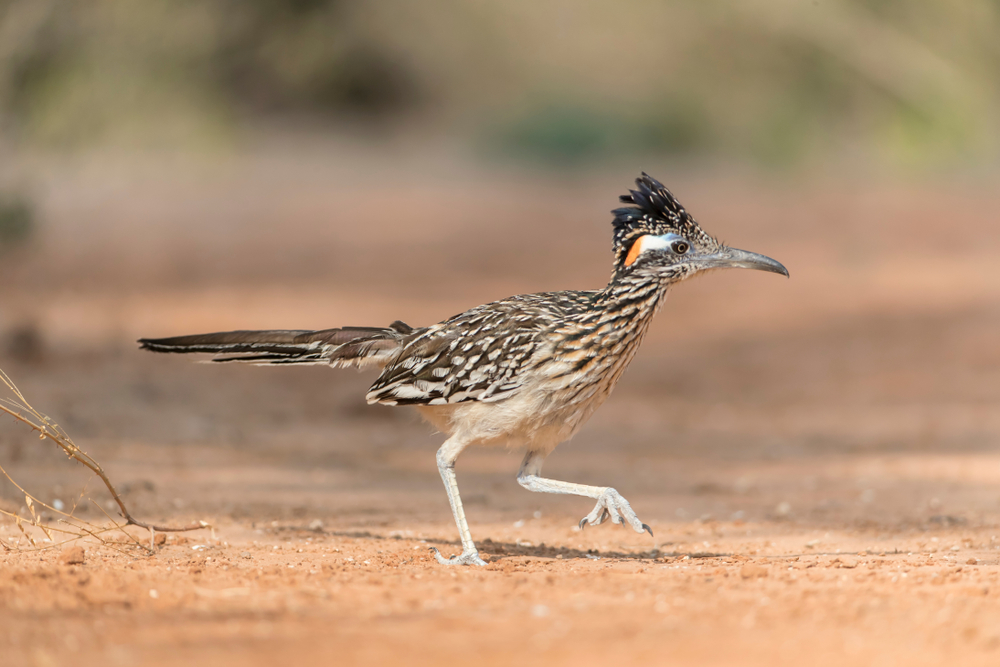 provided by Shutterstock
provided by Shutterstock
Who knew that the little bird known for outrunning coyotes in cartoons would be New Mexico’s state bird? The Greater Roadrunner zips across the desert landscapes, embodying speed, agility, and a touch of whimsy. According to the New Mexico Secretary of State, the Greater Roadrunner (Geococcyx californianus) was designated as the official state bird in 1949. It’s like someone pulled a character straight from a Looney Tunes episode and decided it perfectly represented New Mexico. While it may not possess the grandeur of a bald eagle, this feathery speedster holds its own in the hearts of New Mexicans. It’s a testament to the state’s love for creatures that are both unique and a little quirky. And let’s be real, anyone who has watched a roadrunner dash across a road knows they’re just as mesmerizing as any hawk or owl.
The choice of a roadrunner isn’t just about its animated fame, though. These birds are actually quite impressive in real life, known for their ability to adapt to the harsh desert environment. They’re opportunistic omnivores, meaning they’ll eat almost anything, from lizards to fruits. This adaptability is a trait New Mexicans admire. After all, thriving in a desert landscape demands a certain level of resourcefulness and resilience. Plus, it’s always fun to say you share your state mascot with a character known for outsmarting a certain determined coyote.
2. Maryland’s Unlikely Diamondback Terrapin
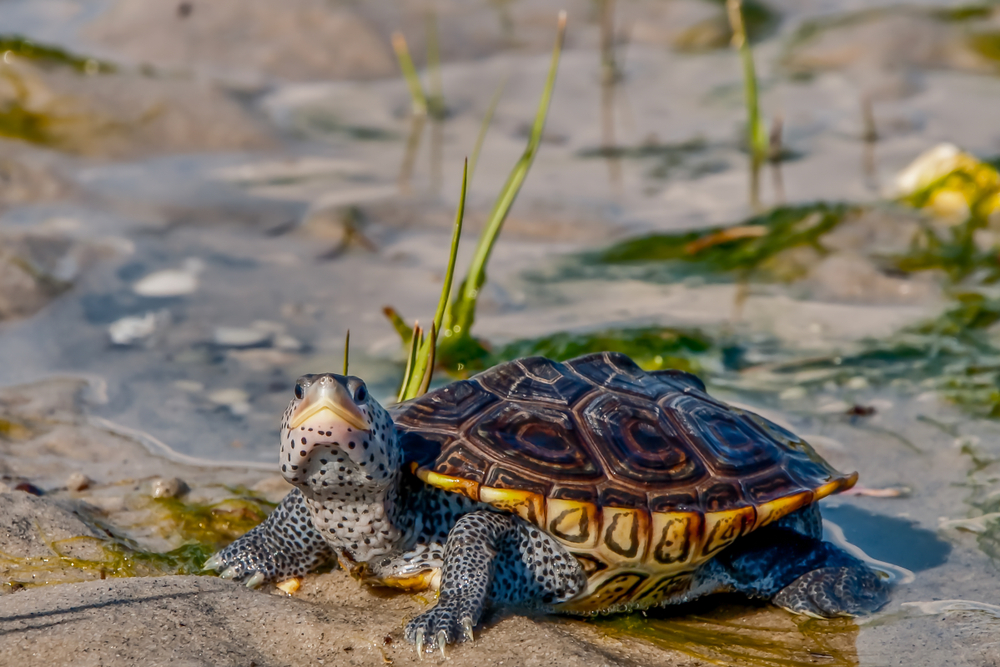
Maryland decided to go with a mascot that’s as unique as it is beloved: the Diamondback Terrapin. This isn’t just any turtle—this little guy is special. It might seem strange to choose a turtle for a mascot, given their slow-moving reputation. But the Diamondback Terrapin is a symbol of the Chesapeake Bay area, where it thrives in the brackish waters. It’s a symbol of perseverance and the state’s dedication to preserving its natural habitats. The Maryland State Archives notes that the Diamondback Terrapin (Malaclemys terrapin) was made the state reptile and official mascot of the University of Maryland College Park in 1994.
The Diamondback Terrapin is more than just a pretty shell. This turtle has a storied history, famously used in terrapin stew—a delicacy once reserved for the elite. Nowadays, conservation efforts have focused on protecting these turtles, as they are considered a species of concern. The terrapin has become a rallying point for environmental conservation and education in Maryland. Its selection as a mascot reminds both residents and visitors of the state’s commitment to its rich and diverse ecosystems. And let’s face it, turtles are just plain adorable.
3. Alaska’s Majestic Moose
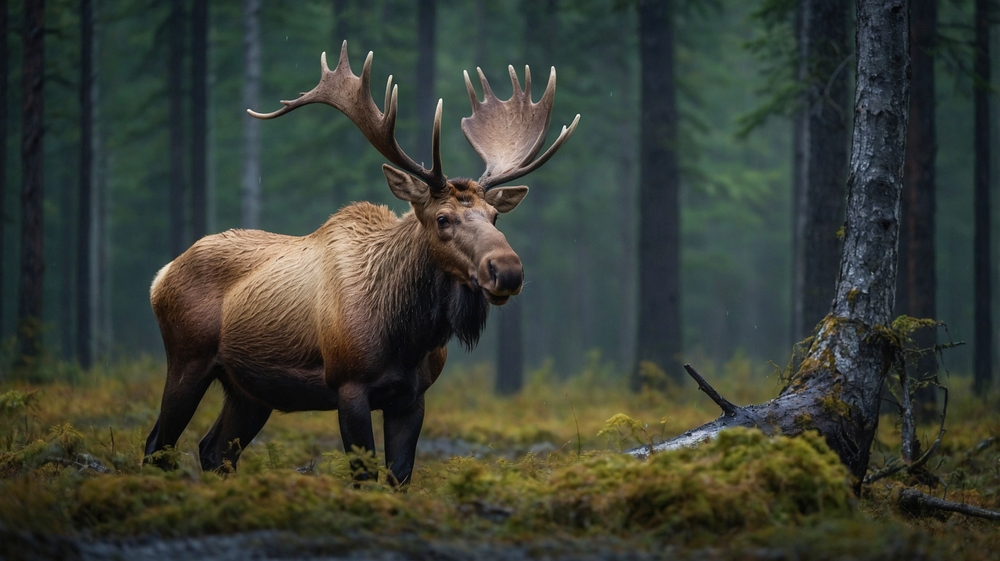
When you think of Alaska, the majestic moose certainly fits the bill of what you’d expect for a state mascot. These towering creatures are synonymous with the vast Alaskan wilderness. With their enormous antlers and calm demeanor, moose are a staple of the Alaskan landscape. But what makes them particularly interesting is just how surprisingly gentle and peaceful they are, despite their size. They represent a serene but powerful presence in the wild, much like the state itself. Known for their solitary nature, moose are a perfect emblem of the quiet strength found in Alaska’s untouched landscapes.
Moose aren’t just about looks, though. They’re actually pretty fascinating creatures. For example, did you know that moose are excellent swimmers? They can swim several miles at a time and even dive underwater to eat vegetation. This adaptability is crucial for surviving in the varied terrains of Alaska, from dense forests to wide-open tundras. Their presence in the state is a beautiful reminder of the balance between power and tranquility in nature. In a place defined by its wild beauty and rugged terrain, the moose stands as a fitting symbol of the untamed spirit of Alaska.
4. Oregon’s Loveable Beaver
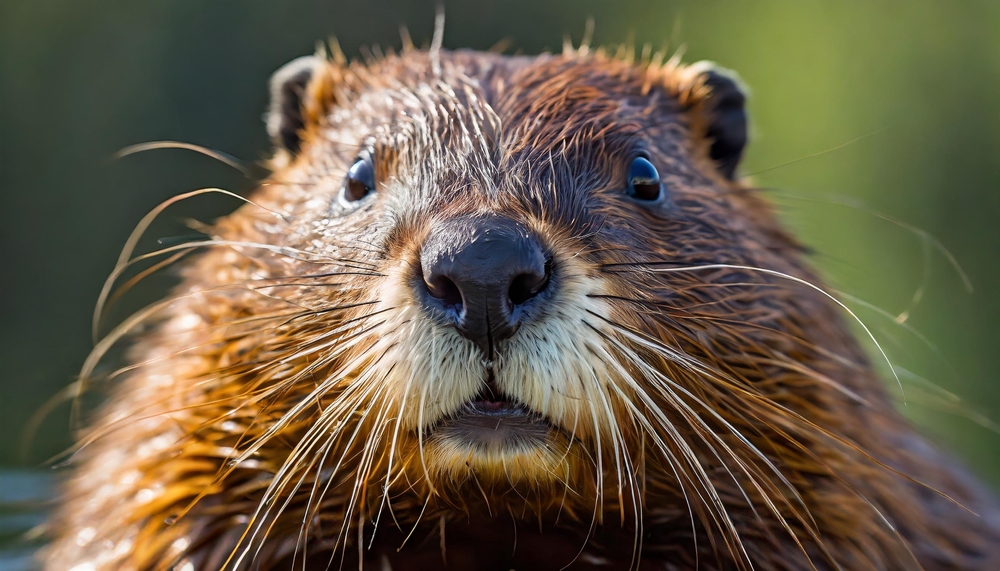
Oregon has a soft spot for its state animal, the industrious beaver. These critters aren’t just Oregon’s state mascot but also its official state animal. Known for their exceptional building skills, beavers are nature’s architects. They’re renowned for dam-building, which creates wetlands that benefit countless other species. This ecological impact is why Oregon is so fond of them. They symbolize not just hard work and perseverance, but also the importance of community and environmental stewardship.
Beavers are more than just nature’s builders, though. They are intelligent, social animals with strong family ties. Their ability to transform landscapes is unparalleled, and their dams create habitats that support entire ecosystems. By choosing the beaver as a state mascot, Oregon highlights its commitment to environmental conservation and sustainable practices. Plus, let’s face it, beavers are just plain cute with their big teeth and bushy tails. In Oregon, the beaver is a beloved icon that represents the state’s dedication to preserving its natural wonder and beauty.
5. Tennessee’s Edgy Raccoon
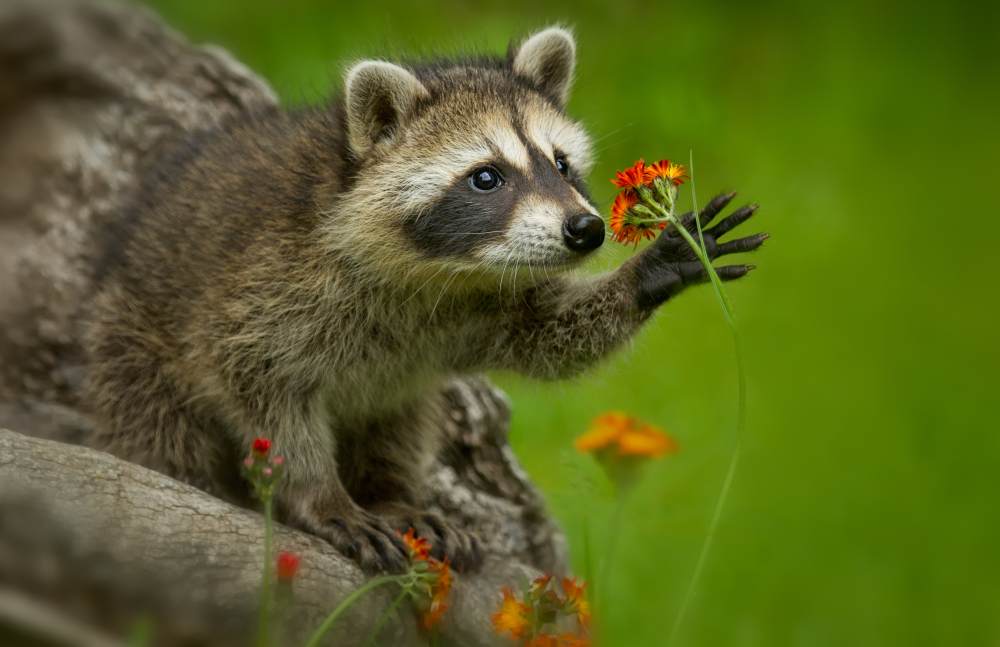
Tennessee decided that its state mammal should be none other than the curious raccoon. These masked bandits are known for their cleverness and adaptability, just like Tennesseans. While they might be more famous for rummaging through your trash, raccoons are actually quite resourceful and intelligent creatures. They’re excellent problem solvers, capable of finding solutions in the most challenging environments. This makes them a fitting mascot for a state known for its resourcefulness and ingenuity.
Raccoons are also known for their dexterous paws, which they use to open containers and manipulate objects. Their adaptability makes them thrive in both rural and urban settings, embodying the balance between nature and city life found in Tennessee. Plus, they have a bit of an attitude, which aligns perfectly with the vibrant spirit of the Volunteer State. Who wouldn’t want a state mascot with a bit of sass and a whole lot of smarts? Tennessee’s love for the raccoon highlights its appreciation for animals that are both clever and resilient.
6. Maine’s Proud Lobster
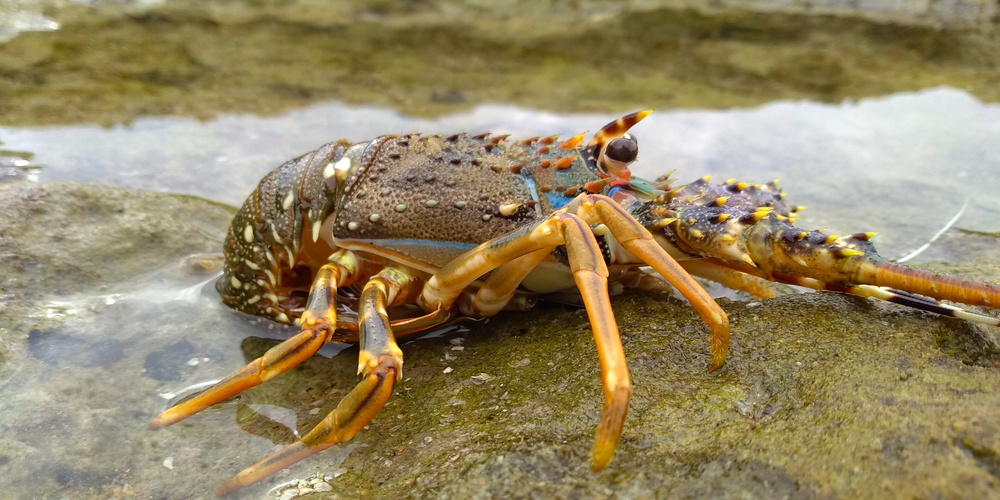
Maine has a mascot that’s as iconic as it is delicious: the lobster. These crustaceans are more than just a culinary delight; they’re a symbol of Maine’s maritime heritage. But let’s not forget the lobster’s surprising side—its vibrant, colorful shell and quirky, claw-waving gestures. In the ocean, lobsters are the kings of the seabed, scuttling around with a kind of chaotic grace. For Maine, the lobster represents a way of life, deeply tied to the sea and its bountiful harvests.
Lobsters are highly valued not only for their taste but also for their ecological role. As scavengers, they help keep the ocean floor clean, playing a crucial role in their ecosystem. For Mainers, the lobster isn’t just about the seafood industry; it’s a reminder of their connection to the ocean and the importance of environmental conservation. Choosing the lobster as their mascot showcases the state’s pride in its coastal traditions and its commitment to sustainable fishing practices. And let’s be honest, who wouldn’t want a mascot that’s both charming and goes great with butter?
7. Colorado’s Stately Bighorn Sheep
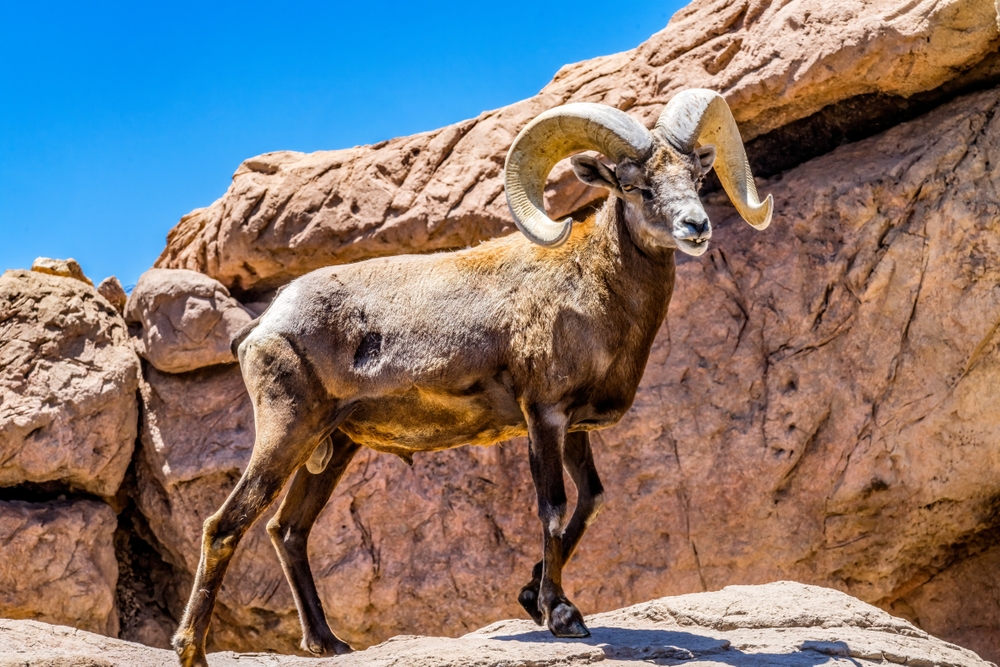
When it comes to the Colorado state mascot, the Bighorn Sheep is a perfect fit. These mountain dwellers are known for their impressive horns and surefootedness, perfectly aligning with Colorado’s rugged terrain. Bighorn Sheep are a symbol of strength and agility, thriving in the rocky landscapes of the Rocky Mountains. They’re not just beautiful to look at; they’re an essential part of the ecosystem, helping maintain the balance of the mountain flora and fauna. Their presence in Colorado is a testament to the state’s commitment to preserving its natural landscapes.
The Bighorn Sheep is also known for its incredible climbing abilities. Watching them scale seemingly impossible cliffs is a sight to behold and a reminder of the resilience it takes to thrive in challenging environments. For Coloradans, these animals are a source of state pride. They represent adventure, determination, and the unique beauty of the state’s wilderness. In Colorado, the Bighorn Sheep is more than just a mascot; it’s an emblem of the state’s daring spirit and its love for the wild outdoors.
8. Massachusetts’ Charming Codfish
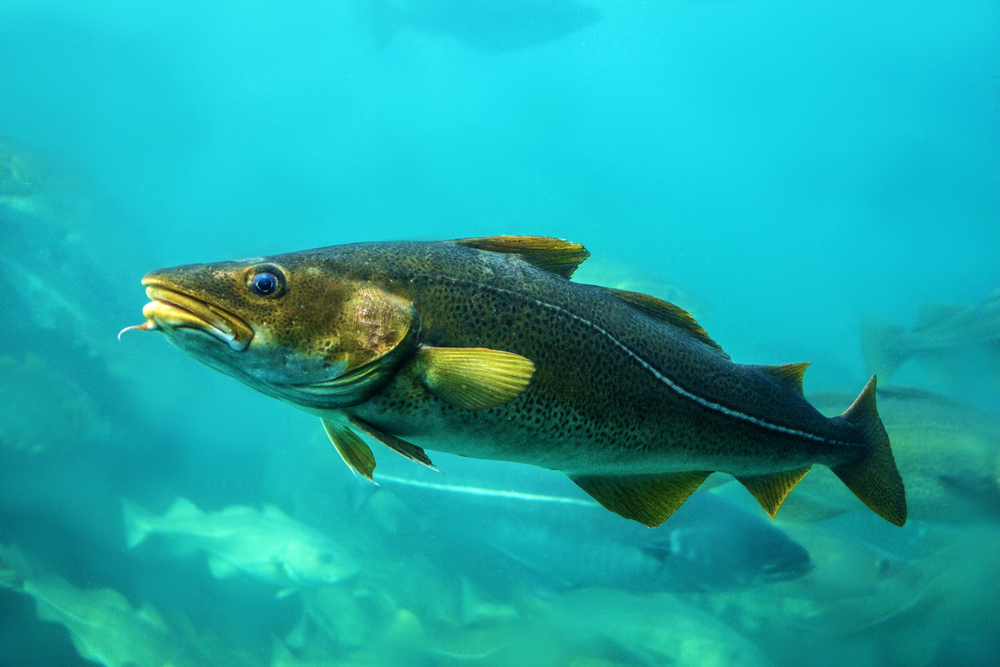
In Massachusetts, the humble codfish takes center stage as the state mascot. This might seem like an odd choice at first, but there’s a method to this maritime madness. Cod have been a staple of the state’s economy and cuisine for centuries, making them a significant part of Massachusetts’ history. The fish even earned a spot in the state house, where the “Sacred Cod” symbolizes prosperity and abundance. It’s a nod to the state’s rich maritime heritage and its connection to the sea.
Codfish are renowned for their adaptability and resilience, thriving in the cold waters off the New England coast. They’re more than just a source of food; they represent a way of life, deeply intertwined with the culture and history of Massachusetts. The choice of the codfish as a mascot highlights the state’s appreciation for tradition and its commitment to sustainable fishing practices. Plus, there’s something endearingly quirky about having a fish as a state symbol—it’s a reminder that sometimes the simplest things hold the most significance.
9. Wisconsin’s Badger Bonanza
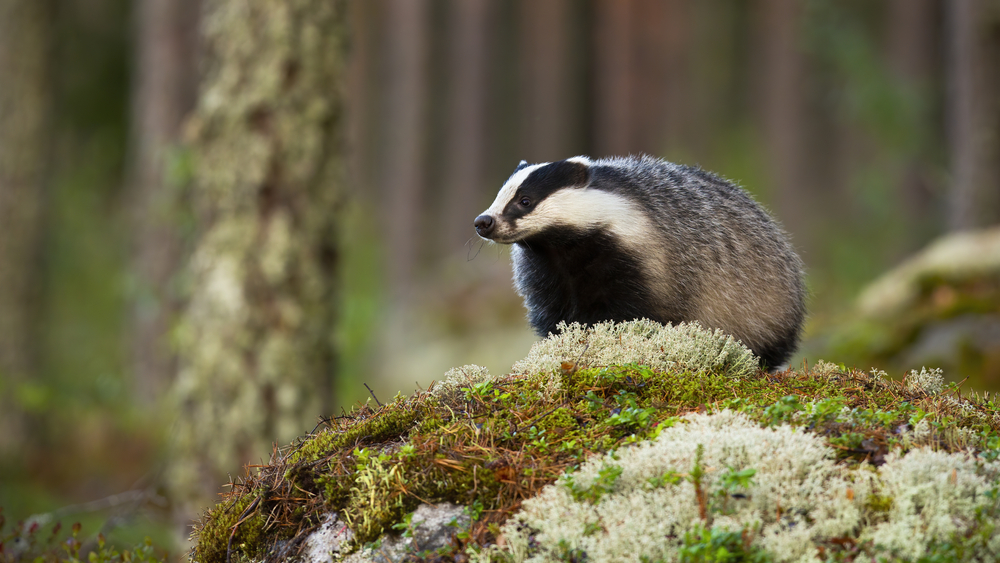
Wisconsin has embraced the tenacious badger as its state mascot. Contrary to popular belief, this choice has nothing to do with the University of Wisconsin’s sports teams. The badger became a state symbol due to the mining history in the region. Miners, who dug tunnels into hillsides during the 1800s, were nicknamed “badgers” because of their resemblance to the burrowing animal. So, this feisty animal is a fitting representation of the hardworking spirit of the state’s early settlers.
Badgers are known for their determination and fierceness, traits that resonate deeply with the people of Wisconsin. They’re small but mighty, ready to take on challenges much larger than themselves. Having a badger as a mascot serves as a reminder of the state’s tenacity and its rich historical roots. These creatures are incredibly adaptable, surviving in various environments and exemplifying resilience. And let’s be honest, there’s something undeniably charming about a mascot that’s equal parts adorable and fierce.
10. Louisiana’s Playful Pelican
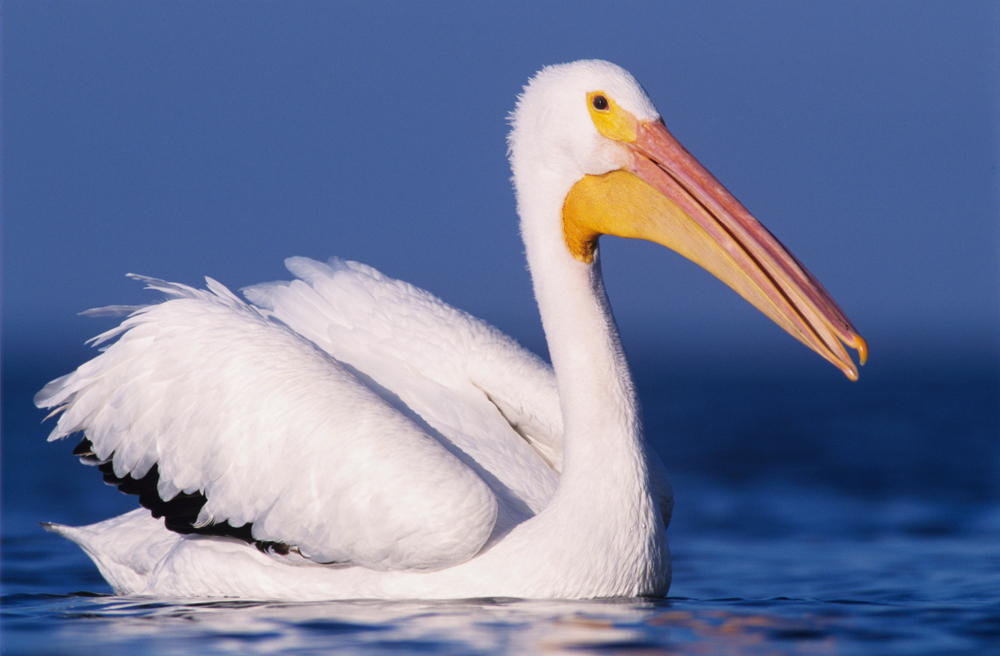
Louisiana’s state mascot is the Brown Pelican, a bird that perfectly captures the spirit of the Pelican State. These birds are known for their distinctive large bills, graceful flight, and social nature. The Brown Pelican has a special place in Louisiana’s heart, as it symbolizes the state’s deep connection to its coastal environments. While pelicans might seem a bit peculiar as a mascot, they embody the unique charm and resilience of Louisiana’s diverse ecosystems.
Pelicans are social creatures, often seen working together to catch fish—a fitting symbol for the community spirit found in Louisiana. The choice of the Brown Pelican highlights the state’s commitment to protecting its wildlife and natural habitats. After facing near extinction due to pollution in the past, the successful recovery of the Brown Pelican population is a testament to the state’s dedication to environmental conservation. In Louisiana, the pelican isn’t just a mascot; it’s a symbol of hope and revival, much like the resilience of the people who call the state home.
11. Florida’s Quirky Manatee
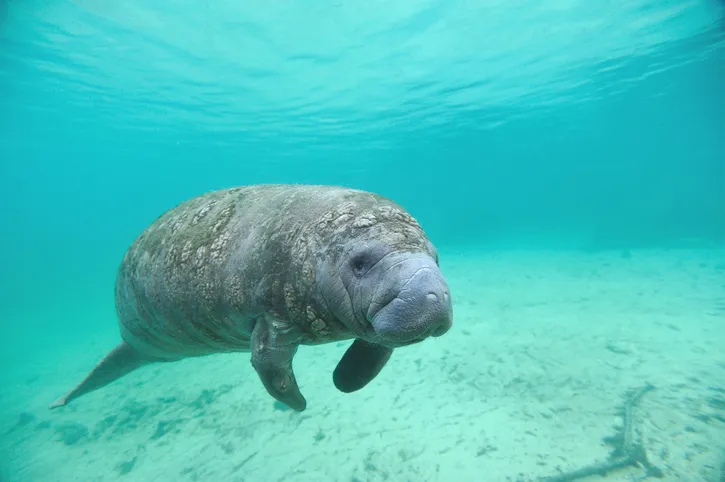
Florida’s unconventional state mascot choice is the beloved manatee. These gentle giants, often referred to as “sea cows,” are a symbol of the state’s rich aquatic biodiversity. Manatees have a kind of serene charm that’s hard to resist. With their slow-moving, gentle nature, they embody the laid-back lifestyle that Florida is famous for. The manatee is not just an emblem of Florida’s diverse wildlife but also a reminder of the importance of preserving the state’s fragile ecosystems.
Despite their massive size, manatees are known for their friendly demeanor and calm presence. They’re often seen gliding gracefully through Florida’s warm waters, a sight that brings joy to both residents and tourists alike. Choosing the manatee as a state mascot highlights Florida’s commitment to protecting these endangered animals and their habitats. It serves as a reminder of the state’s efforts to promote conservation and environmental responsibility. In Florida, the manatee is more than just a mascot; it’s a symbol of the beauty and tranquility of the Sunshine State’s natural treasures.
12. Nevada’s Wild Desert Tortoise
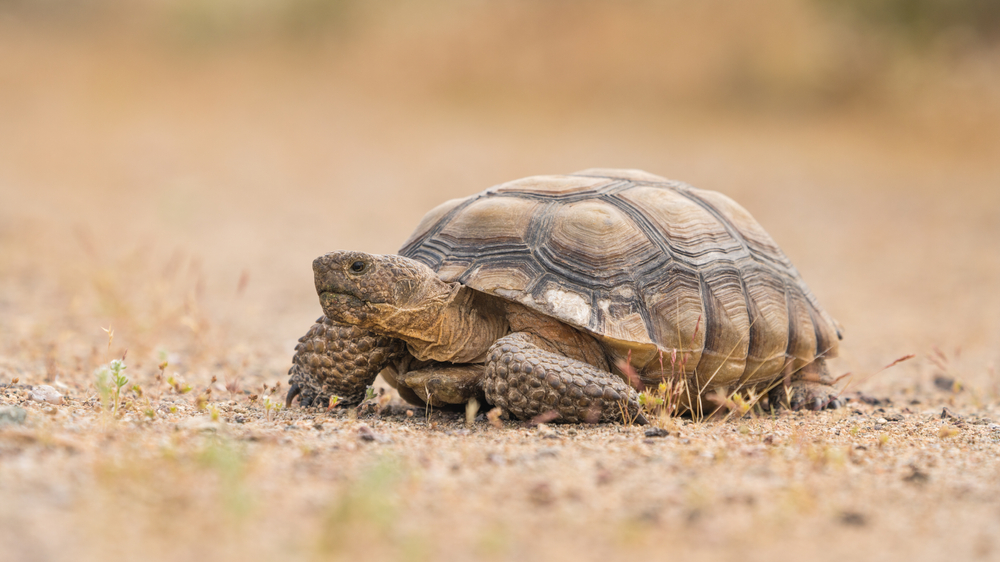
In the vast landscapes of Nevada, you’ll find the Desert Tortoise serving as the state mascot. These ancient reptiles, known for their slow and steady nature, are well-suited to the arid desert environment. The Desert Tortoise is a testament to survival and adaptation, thriving in conditions that many would find unbearable. Their hardiness and resilience make them a fitting symbol for a state known for its rugged beauty and challenging environments.
The Desert Tortoise’s choice as a mascot highlights Nevada’s dedication to preserving its unique desert ecosystems. These tortoises are listed as a threatened species, and their protection is a priority for conservationists in the state. The tortoise’s ability to endure extreme conditions serves as an inspiring reminder of the resilience required to thrive in Nevada’s harsh climate. In choosing the Desert Tortoise as their mascot, Nevadans celebrate the tenacity and perseverance that define both their wildlife and their communities.
13. Georgia’s Hardy Gopher Tortoise
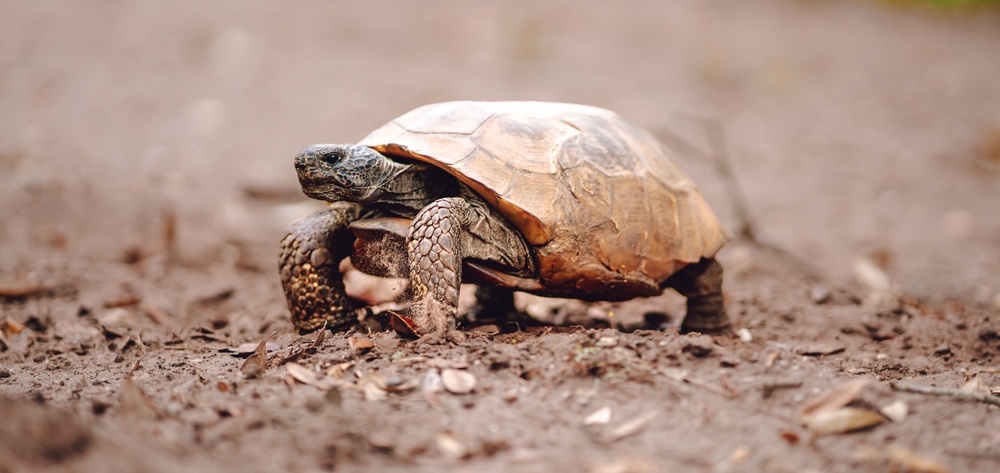
Georgia’s choice of the Gopher Tortoise as its state mascot is both surprising and fitting. These burrowing tortoises play a crucial role in their ecosystems, providing shelter for numerous other species. Known for their hard shells and sharp digging abilities, gopher tortoises are a symbol of strength and protection. They embody the resilience and resourcefulness that Georgians hold dear. Despite their slow pace, they are a keystone species, vital to the health of their environment.
The Gopher Tortoise is an emblem of Georgia’s commitment to conservation and biodiversity. These tortoises face threats from habitat loss, and efforts to protect them reflect the state’s dedication to preserving its natural heritage. Choosing the Gopher Tortoise as a mascot underscores the importance of environmental stewardship and sustainability. It’s a reminder that even the most unassuming creatures can have a significant impact. In Georgia, the gopher tortoise is a beloved symbol of the state’s dedication to its wildlife and ecosystems.
14. Arizona’s Spirited Cactus Wren
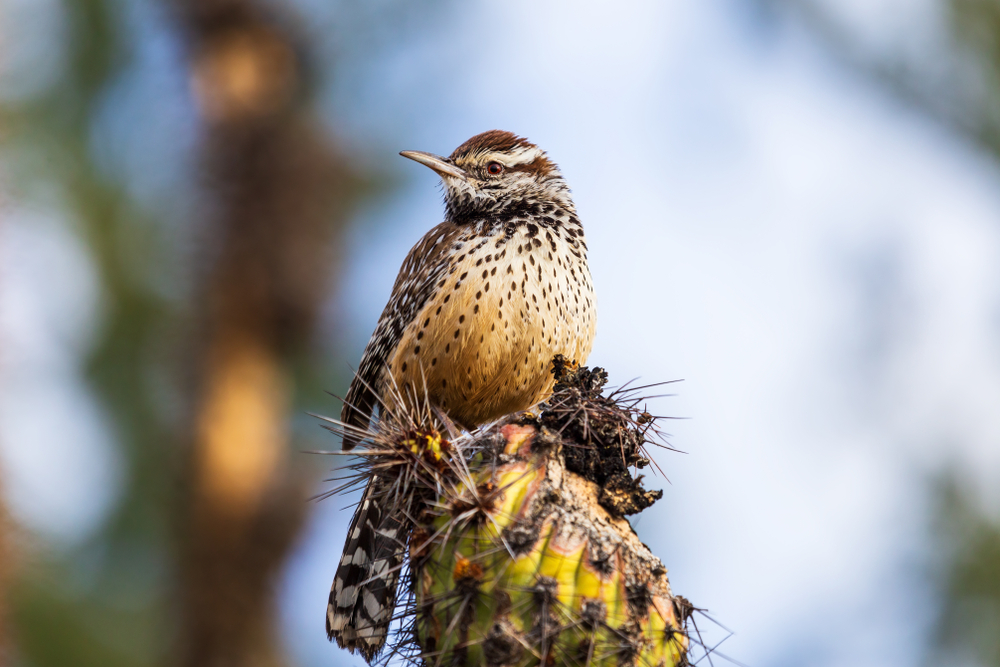
Arizona’s state mascot, the Cactus Wren, is a small bird with a big personality. Known for its distinctive song and lively behavior, this feathered friend is a perfect fit for the Grand Canyon State. The Cactus Wren thrives in the desert, making its home among the spiny cacti that define Arizona’s landscape. Its presence is a reminder of the beauty and vibrancy that can be found even in the harshest environments. For Arizonans, the Cactus Wren symbolizes adaptability and tenacity.
These birds are known for their energetic nature and resourcefulness, traits that resonate deeply with the people of Arizona. The Cactus Wren is celebrated for its role in controlling insect populations, highlighting its importance to the local ecosystem. Choosing the Cactus Wren as a state mascot emphasizes Arizona’s appreciation for its unique desert wildlife. It’s a symbol of the state’s resilience, creativity, and ability to thrive in challenging conditions. In Arizona, the Cactus Wren is a beloved reminder of the vibrant life that flourishes in the desert.
15. South Carolina’s Iconic Carolina Wren

South Carolina boasts the charming Carolina Wren as its state mascot. This cheerful bird, known for its melodious song, is a symbol of the state’s natural beauty and warmth. Despite their small size, Carolina Wrens are feisty and full of character, much like the spirit of South Carolinians. They thrive in a variety of environments, from dense forests to suburban gardens, showcasing their adaptability and resilience.
The Carolina Wren’s choice as a mascot highlights the state’s commitment to preserving its rich biodiversity. These birds are crucial to the ecosystem, helping to control insect populations and maintain environmental balance. The wren’s cheerful disposition and tenacity make it a fitting emblem of the state’s vibrant communities and welcoming nature. In South Carolina, the Carolina Wren is more than just a state mascot; it’s a symbol of the state’s enduring charm and commitment to protecting its natural heritage.
